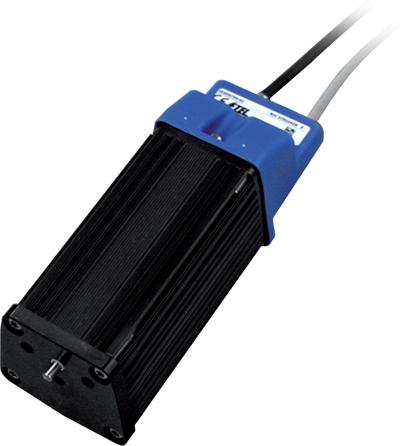
ETEL is offers short stroke actuators in North America through parent company HEIDENHAIN Corp. These reliable Z Standalone Actuators are to be used in any application where force, throughput and long lifetime are required within a small form factor.
These actuators have been designed to cope with the stringent requirements of Turret Testing Handlers, providing an average of ten independent Z axes for a single machine. Nevertheless, ETEL's short stroke actuators are suitable for all applications requiring pure axial movement over a short stroke, especially when high dynamics and a small footprint are key requirements. Such applications include touch pad calibration, chip shooters and die ejectors.
ETEL's Z Standalone Actuators are designed with costs in mind. Teflon-coated plain bearings offer a long lifetime with low friction, while keeping costs low. A low overall number of parts, plastic injected covers, and automated production all contribute to cost effectiveness.
ETEL's short stroke actuators are also designed for high performance. Despite the small form factor, these actuators are capable of providing a peak force of up to 120 N and a continuous force of up to 30 N. With acceleration up to 30 g and speeds up to 1 m/s, the Z Standalone Actuator can handle almost any application requiring high dynamics.
The advantages offered by ETEL Z Standalone Actuators include, but are not limited to, the following:
• Optimized Form
• Factor Built-in Gravity Compensator
• Highly Accurate Force Control Capabilities
• High Dynamics
• Long Lifetime
• Multiple Degrees of Freedom
Contact Details
Related Glossary Terms
- calibration
calibration
Checking measuring instruments and devices against a master set to ensure that, over time, they have remained dimensionally stable and nominally accurate.
- degrees of freedom
degrees of freedom
Number of axes along which a robot, and thus the object it is holding, can be manipulated. Most robots are capable of maneuvering along the three basic Cartesian axes (X, Y, Z). More sophisticated models may move in six or more axes. See axis.

